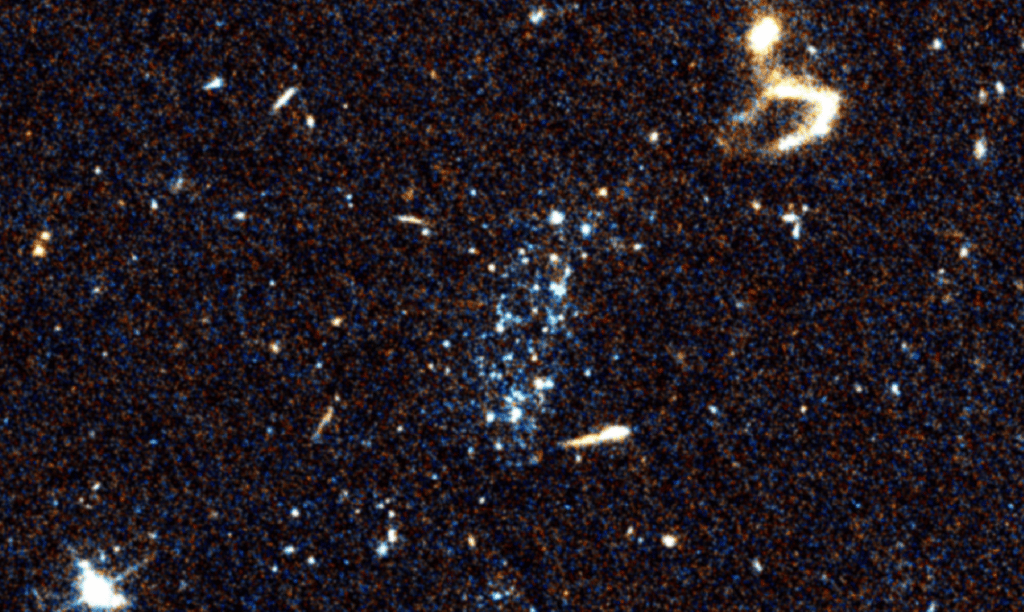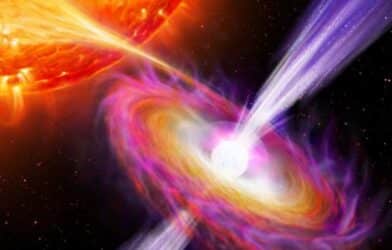Astronomers from the University of Arizona recently found five examples of a new type of stellar system, which take the form of “blue blobs” when viewed through a telescope.
The systems look like blue blobs when seen from afar because they consist mostly of young, blue stars. The scientists discovered that the systems are distributed in an irregular pattern and exist in isolation.
The astronomers were aided by another research group, led by the Netherlands Institute for Radio Astronomy’s Elizabeth Adams. The group developed a catalog of nearby gas clouds that provided the researchers with a list of places to search for new galaxies. Many of the gas clouds reside in the Milky Way Galaxy; however, the team found that the first collection of stars, dubbed SECCO1, is actually outside our galaxy in the Virgo cluster.
“It’s a lesson in the unexpected,” said Michael Jones, a postdoctoral fellow in the UArizona Steward Observatory and lead author of the study. “When you’re looking for things, you’re not necessarily going to find the thing you’re looking for, but you might find something else very interesting.”
Observation from the Hubble Space Telescope, the Very Large Array telescope in New Mexico, and the Very Large Telescope in Chile helped the team assess the systems. They found that most of the stars are blue with a little bit of atomic hydrogen gas. This is notable since star formation starts with atomic hydrogen gas, which evolves into a cloud of molecular hydrogen gas on the path to becoming a star.
“We observed that most of the systems lack atomic gas, but that doesn’t mean there isn’t molecular gas,” Jones explains. “In fact, there must be some molecular gas because they are still forming stars. The existence of mostly young stars and little gas signals that these systems must have lost their gas recently.”
The dearth of old stars and the abundance young stars with little gas in the systems surprised the astronomers. Galaxies generally include older stars approaching the end of their lives, which astronomers characterize as red and dead.
Some of the systems are separated by more than 300,000 lightyears, making it difficult to track down their parent galaxies. However, the abundance of metals found in these systems could provide insight into their origins, according to the researchers.
“To astronomers, metals are any element heavier than helium,” Jones said. “This tells us that these stellar systems formed from gas that was stripped from a big galaxy, because how metals are built up is by many repeated episodes of star formation, and you only really get that in a big galaxy.”
The findings were presented at the 240th American Astronomical Society meeting in Pasadena, California.












-392x250.png)